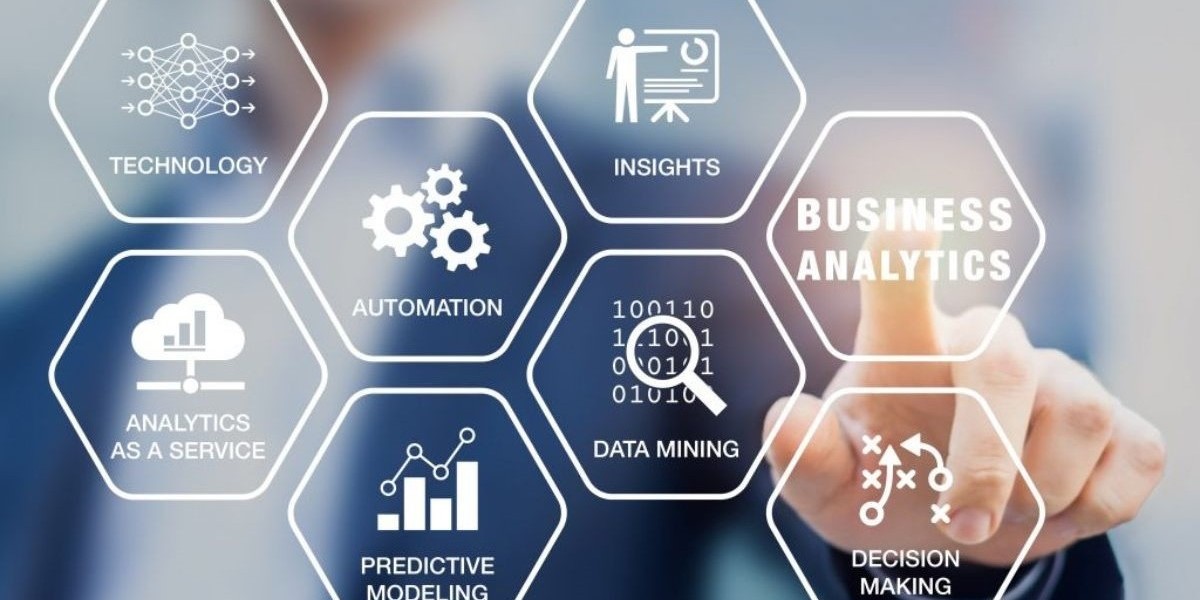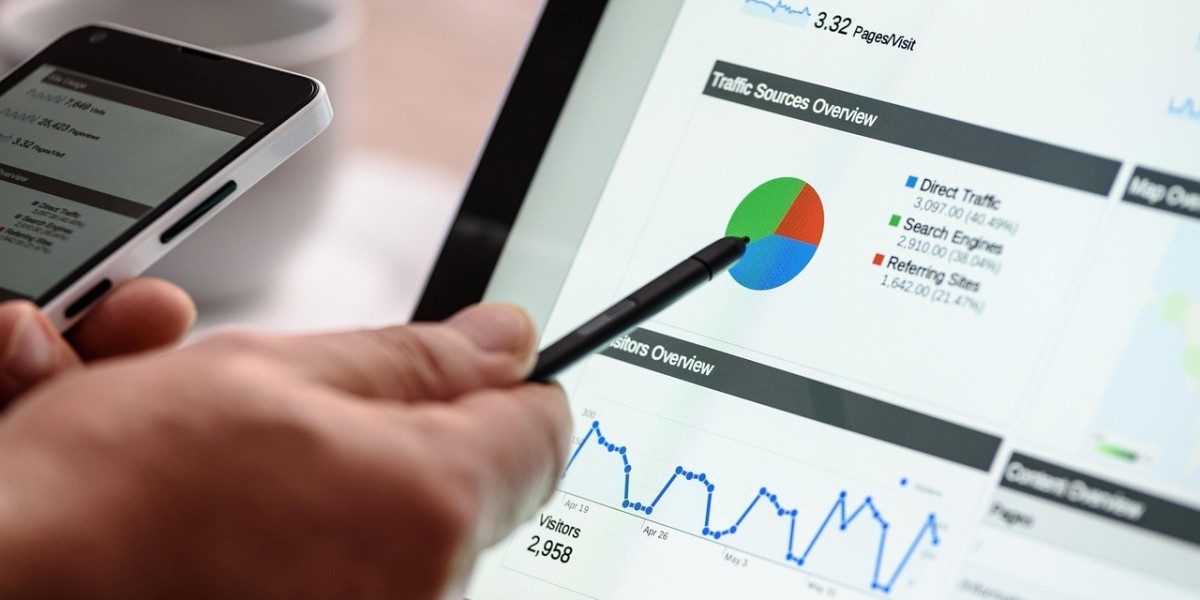Starting a Data Analytics project for your company may be an exciting and transformational adventure, but it has to be planned carefully, with clear objectives, and the right tools. Data analytics has become a very important requirement for businesses across all industries, thus being able to make more informed decisions that enhance efficiency, improve customer experience, and drive profitability. Before embarking on such a project, there are several very important considerations to acknowledge.
The first step in any data analytics project is to define the problem clearly. Without a well-defined goal, the project could easily go off course. Start by asking what you hope to achieve with the data. Do you want to improve operational efficiency, predict market trends, optimize customer interactions, or reduce costs? Having a clear objective will guide the entire project and provide direction when analyzing the data. For instance, if your target is to make predictions on how customers behave, then you need data that relates more specifically to customers' interactions, transactions, and feedback.
Now that the target is set, one should proceed with gathering the necessary data. There are several sources where data can come from, either from your organization, such as sales reports, customer feedback, analytics of the website, or external data like market trends or social media sentiment. It is important to make sure the data is of good quality, and this can be achieved in three ways: accuracy, relevance, and being up-to-date. Low-quality data may produce misleading results that impact negative decision-making. The step for this is data cleaning and preprocessing. Data cleaning is quite important because sometimes a dataset may have missing values, duplicates, and may need correction.
With clean and relevant data in hand, the next step is to select the right tools and techniques for analysis. Data analytics tools vary from simple spreadsheet programs like Microsoft Excel to more advanced platforms like Python, R, or specialized business intelligence tools such as Tableau or Power BI. The choice of tools depends on the complexity of the project, the volume of data, and the expertise of your team. For example, if you have a large data set with complicated relationships, machine learning algorithms and statistical models would be necessary to extract the hidden patterns.
Apart from the tools, the correct analytical approach needs to be chosen. A few common techniques are descriptive analytics, through which you understand past trends; predictive analytics, where previous historical data can be used for some foresight into how things may go forward; and prescriptive analytics, where data analysis suggests actions. Depending on your project, a number of these methods may be needed to get a proper understanding of the data.
As the analysis progresses, careful interpretation of results is very important. Data analytics is not just about crunching numbers; it's about drawing meaningful insights that can influence business strategies. The key here is to look beyond the numbers and understand the story the data is telling. For instance, if the analysis shows that the customer satisfaction curve is declining after a certain point in the journey of purchasing, you may be interested in altering your customer service process or website interface. The insights drawn from data should result in actionable recommendations that address the original business objectives.
Effective communication of findings would be after analyzing and interpreting data. Whomever the report is for: stakeholders, managers, or the team, communicating effectively is vital so that people clearly understand what it says. Some visualizations- graphs, charts, and dashboards- make a complex system into something really understandable. Proper communication ensures decision makers can confidently take action with that insight to drive data to actual business value.
Lastly, note that data analytics is a never-ending process. After the implementation of recommendations based on your initial analysis, continuous monitoring and refinement of data and models is necessary. Whenever new data starts coming in, the models may require updates, and assumptions should be tested against real-world outcomes. This is a continuous process which ensures that your data analytics project is relevant and will continue to provide good insights over time.
In conclusion, launching a data analytics project depends on a number of factors including business goals, accurate and relevant data, the right analytical tools, and the ability to interpret and communicate insights. Data analytics is very powerful in enabling good decision-making and business success if these factors are in place.



